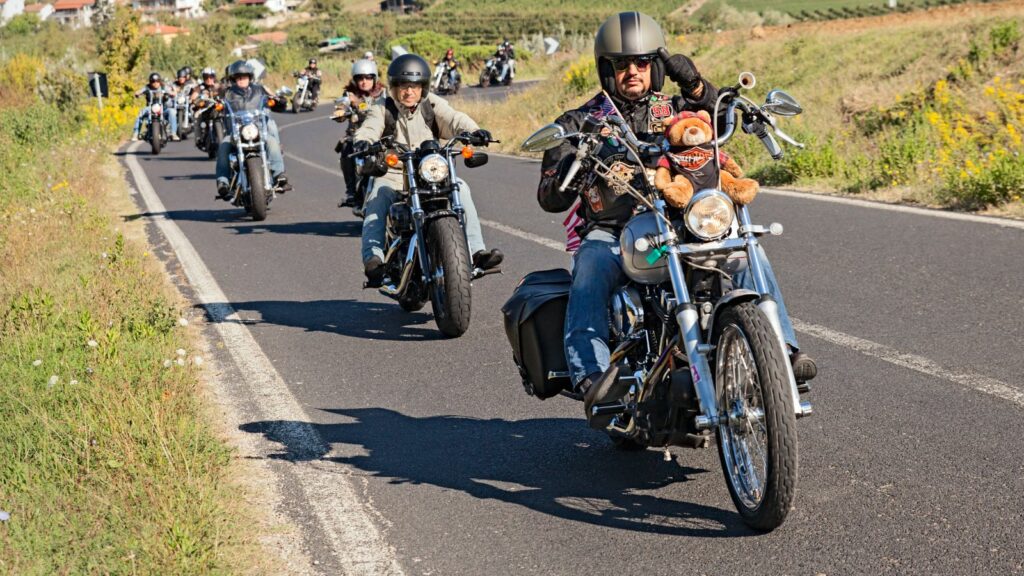Motorcycling is more than just a means of transportation. It is a lifestyle. Riders follow a rhythm that most non-riders will never understand. They communicate with subtle hand signals, see their bikes as an extension of themselves, and share unspoken truths that are rarely shared outside the riding community. These ten insights reveal what life on two wheels is really like, from the small gestures that keep riders connected to the challenges and joys that make motorcycling so addictive.
The Hidden Language of Hand Signals
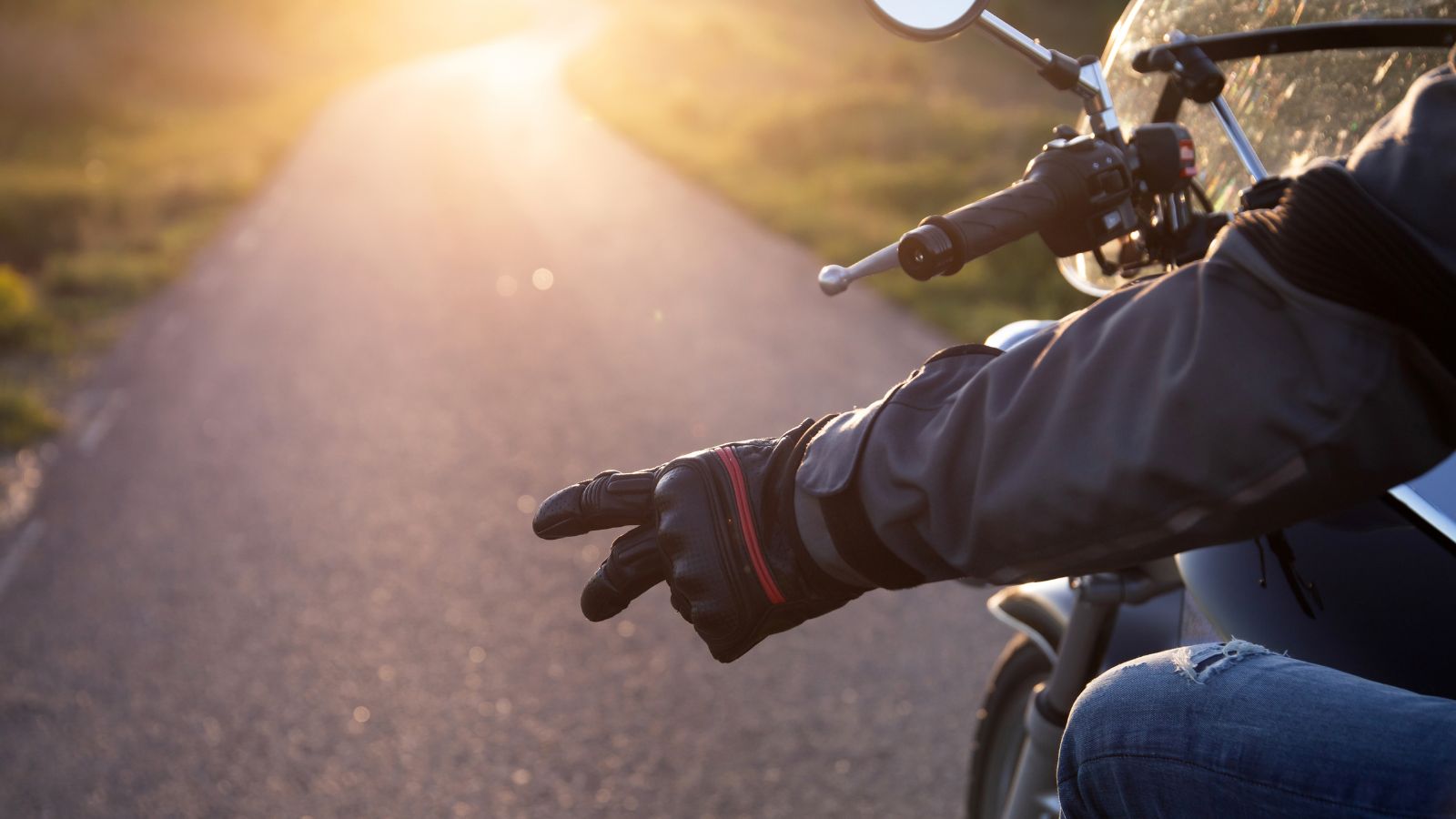
When two motorcyclists pass each other on the road, you might notice a casual wave or nod. To outsiders, it looks simple, but to riders it’s part of a whole language. A downward wave to the left is the standard “hello” between bikers, while tapping the top of the helmet often warns of police or speed traps ahead. A leg stretched out toward the ground can be a quick signal to avoid road debris. These subtle gestures aren’t taught in driving school; they’re passed on like folklore. Most car drivers don’t even notice them, but for motorcyclists, it’s a crucial way to keep each other safe while showing mutual respect.
The Truth About Loud Pipes
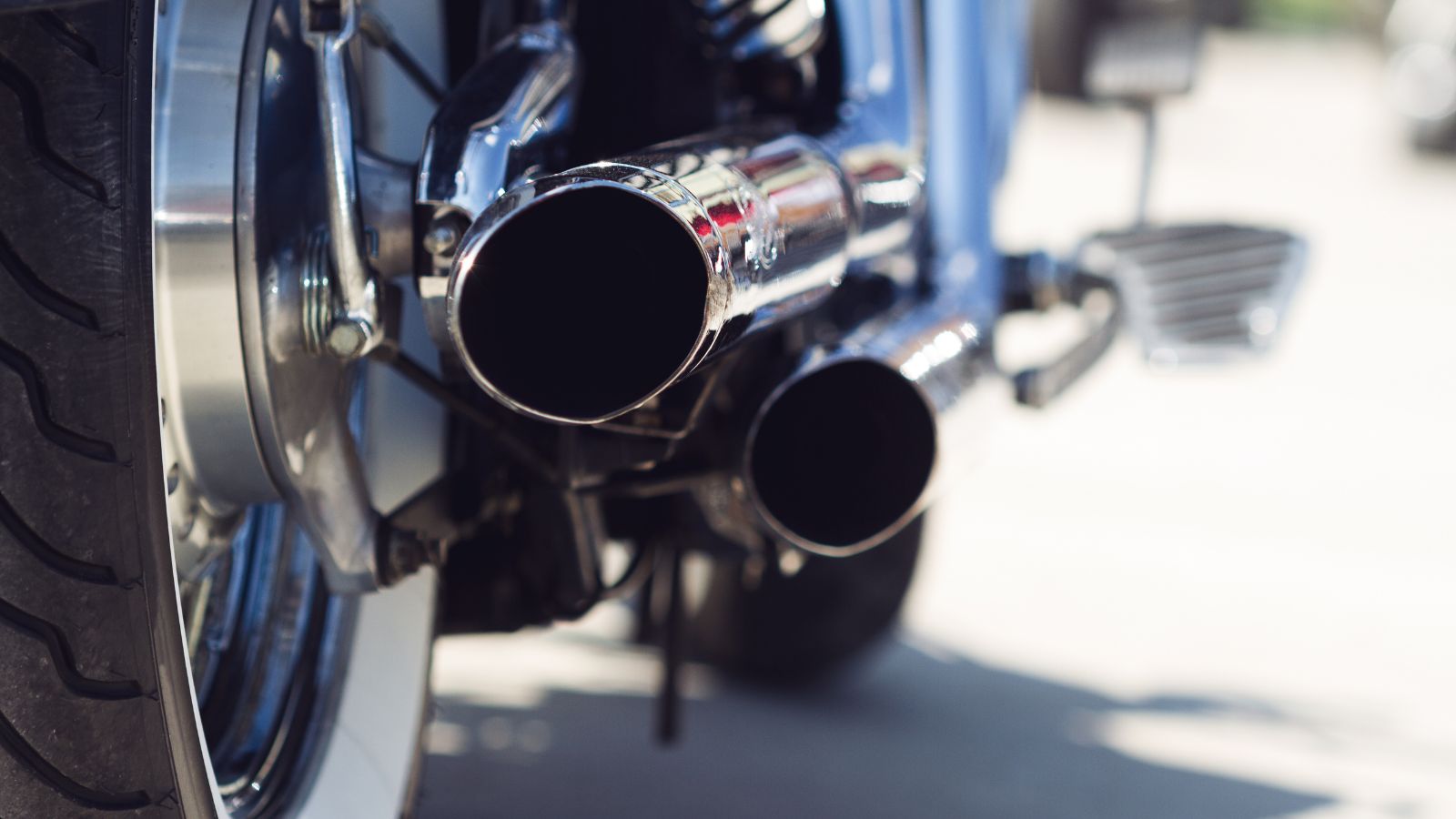
Riders will talk about how much they love the sound of a throaty exhaust, but what they don’t often admit is the underlying belief behind it. “Loud pipes save lives” is an old saying in the community, meaning that a noisy exhaust makes cars notice you sooner. While the science behind this is debatable, many bikers genuinely feel safer with louder pipes. They’ll just say, “It sounds better this way,” but underneath is the belief that volume equals visibility. For others, the sound is as much about identity as safety, a way to express their bike’s personality on the open road.
The Leaning Secret
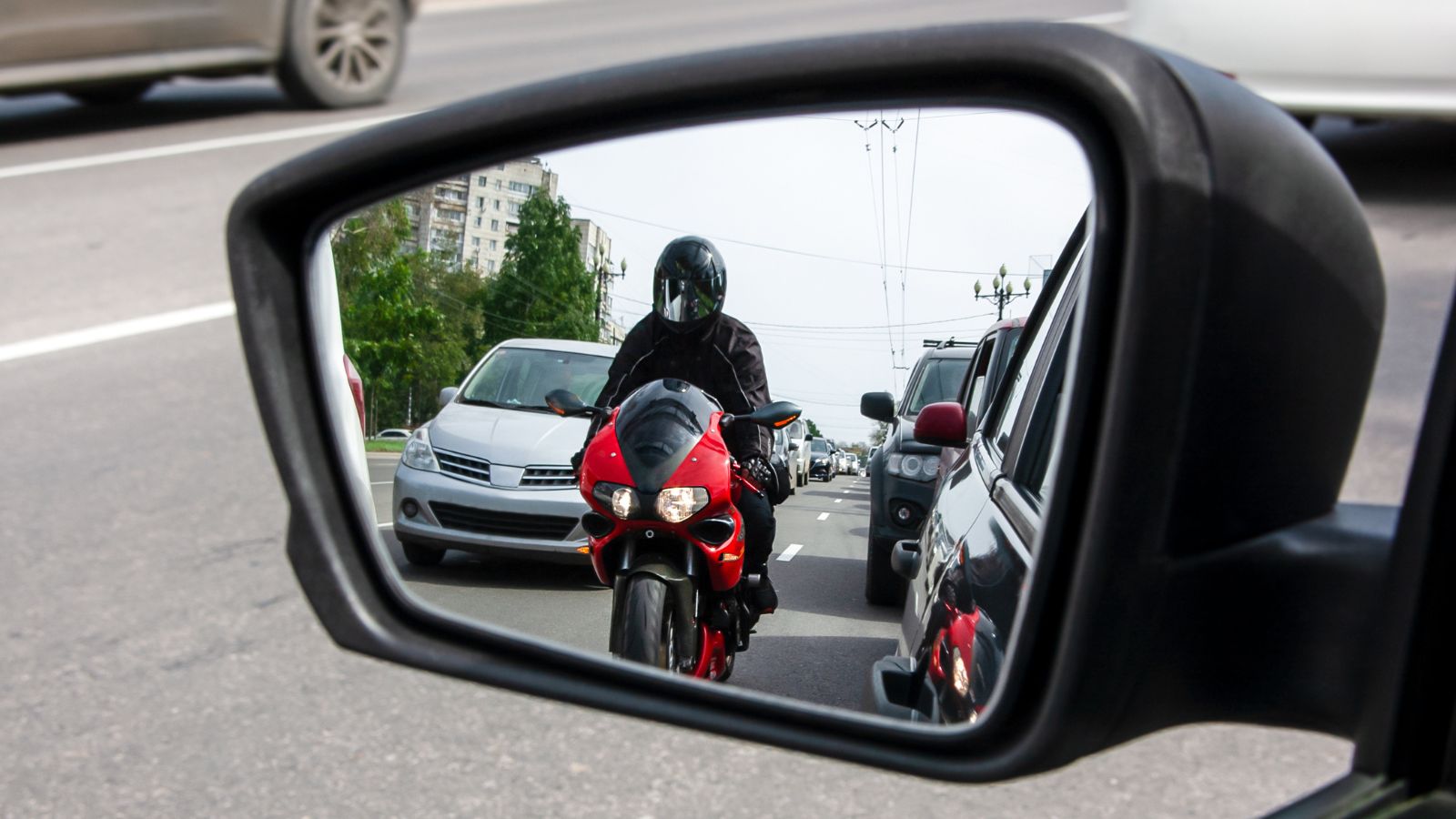
Car drivers think motorcycles turn like cars, but every rider knows the real magic is in the lean. Leaning into corners is a balancing act of physics, throttle control, and courage. Too much lean and the tires can lose grip; too little and the bike won’t carve the curve. Experienced riders master this dance so well that it looks effortless, but every motorcyclist remembers the first time they leaned into a sharp bend and felt their stomach drop. On twisty mountain roads or long sweepers, leaning becomes second nature, but ask a rider to explain it and you’ll usually just get a grin. It’s a secret language between them, their bike, and the road.
The Hidden Costs
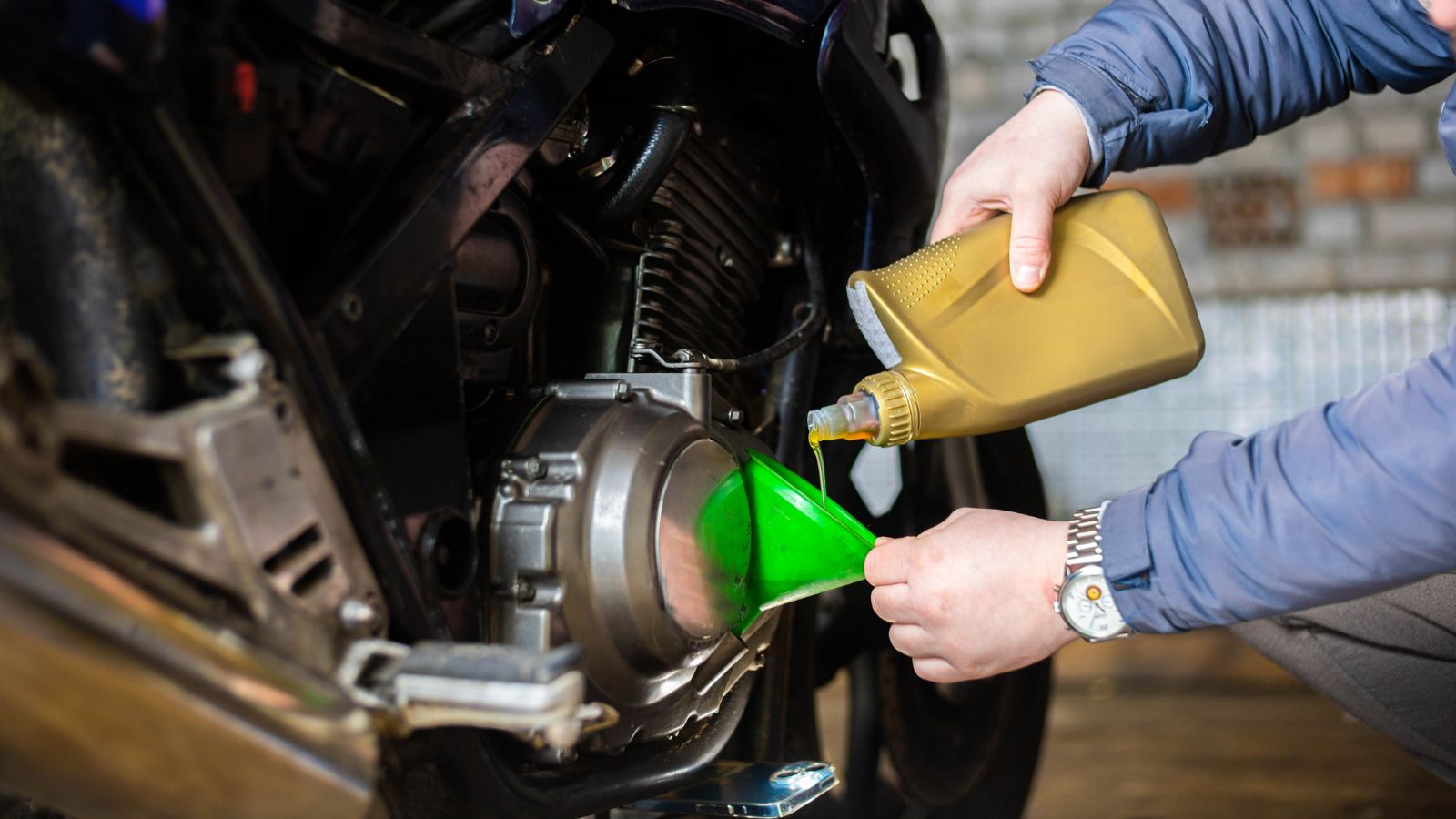
When a motorcyclist tells you they ride because it’s cheaper than driving a car, they’re only telling part of the truth. The upfront cost might be lower, but the real expense comes later. Motorcycle tires wear out in as little as 10,000 kilometers, chains and sprockets need frequent replacement, and oil changes come around faster than most car owners expect. Add insurance—often higher for sportbikes—and the cost of helmets, jackets, boots, and gloves, and riding becomes an expensive hobby. Riders tend not to complain because the thrill outweighs the costs, but deep down, every motorcyclist knows their budget is quietly being drained by their passion.
The Brotherhood Bond
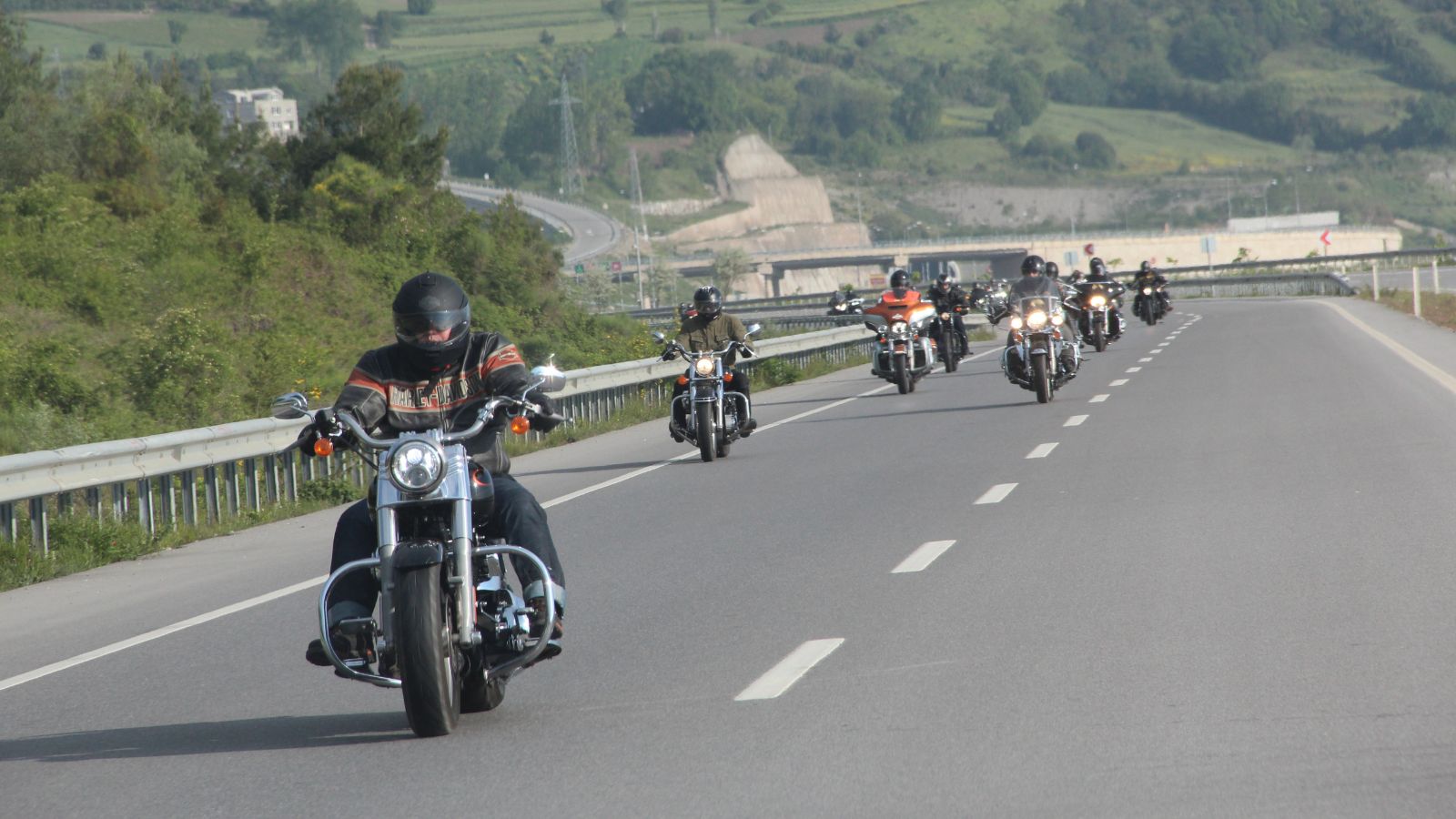
The motorcycling community is tight-knit in a way car culture rarely matches. When riders meet on the road, there’s an instant connection. It could be a Harley rider nodding at a Ducati owner, or a touring bike rider waving to a sportbike rider; brand differences melt away in the face of shared experience. This sense of brotherhood extends beyond gestures—it’s why riders often stop for each other on the side of the road, or share tools and advice with complete strangers. To outsiders, it looks like politeness. To riders, it’s part of an unwritten code: you look out for one another because you know how vulnerable it feels to ride.
The Fear They Don’t Admit
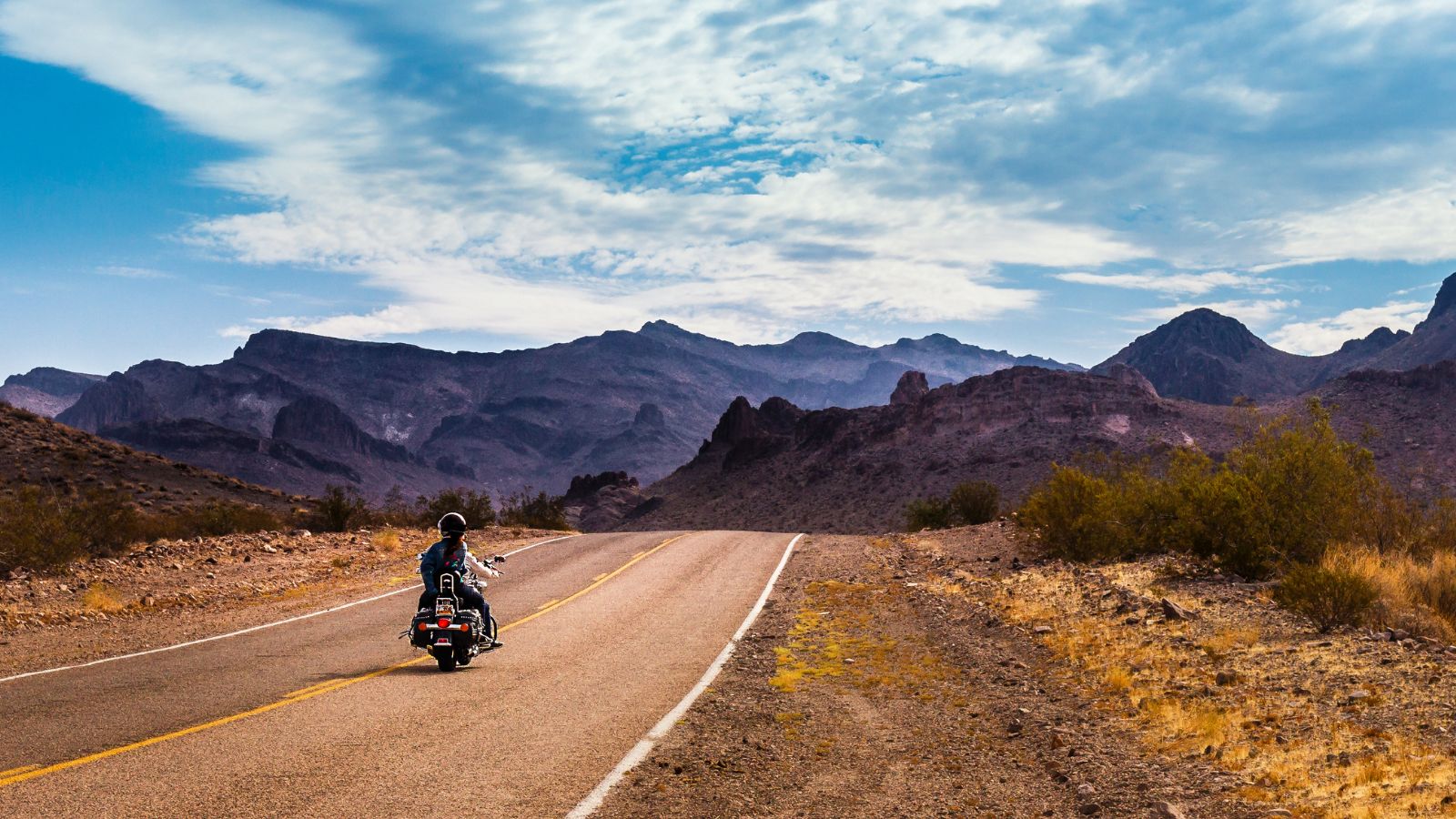
Motorcycling is thrilling, but it also comes with fear—something most riders won’t admit openly. Rain slick roads, gravel in a corner, or the sudden move of a distracted driver all bring moments of dread. The truth is, fear never fully disappears, no matter how long you’ve been riding. Riders simply learn how to manage it, turning fear into sharper focus. Some will talk about how calming riding feels, but they rarely mention the knot in their stomach when a car swerves too close or when they push a little harder than usual through a curve. It’s a secret every rider carries, and one that reminds them never to take the road for granted.
The Parking Advantage
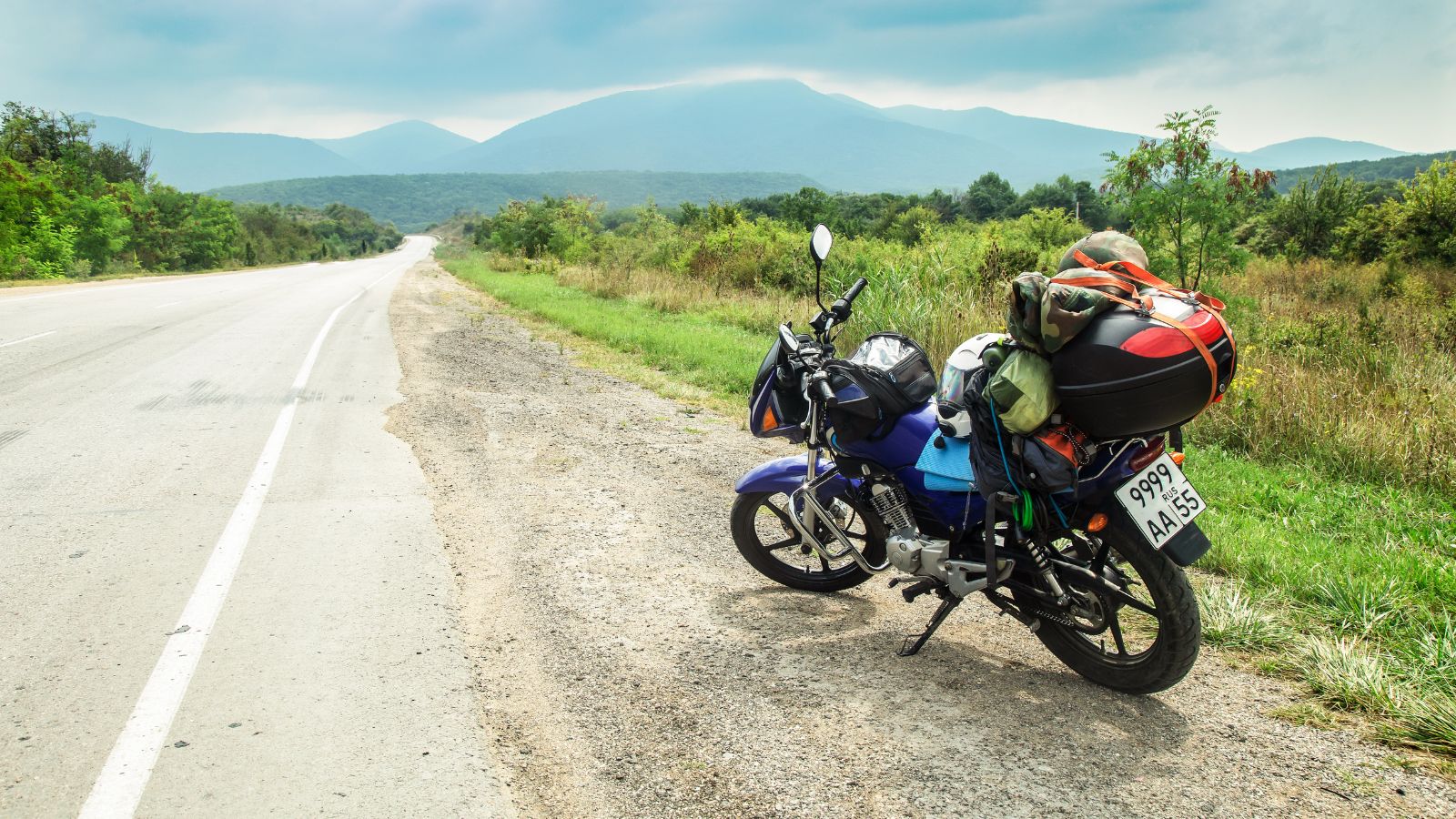
Motorcyclists may not brag about it, but they love the freedom that comes with parking their bikes almost anywhere. Tight curb spots, sidewalk edges, or narrow gaps between cars suddenly become prime real estate. In busy cities, this advantage is a game changer, saving time and hassle that drivers in cars envy. Riders rarely mention it out loud, partly to avoid drawing too much attention, but every motorcyclist enjoys the smug satisfaction of slipping into a spot no car could dream of fitting into.
The Love-Hate Relationship With Weather
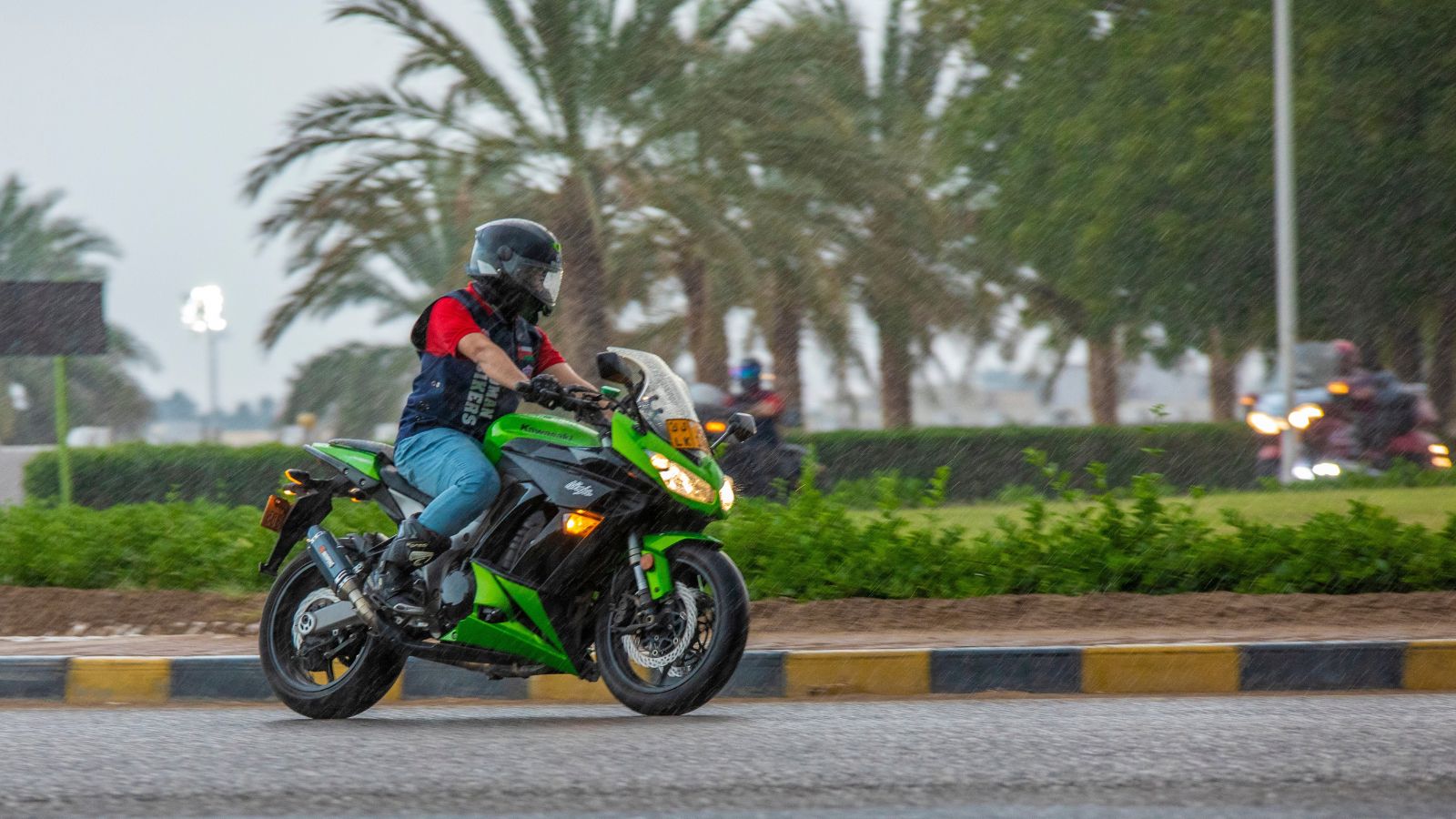
Every motorcyclist has stories about being caught in the rain or freezing through a cold ride. Weather is the one opponent every biker respects, but few will complain to non-riders about it. Rain makes leathers heavy and visibility poor, cold turns gloved hands numb, and extreme heat makes gear unbearable. Yet, riders gear up and keep going, sometimes out of necessity and sometimes because they don’t want to admit defeat. The next time you see a rider soaked at a red light, know that inside their helmet is probably a grim smile—they’re enduring it because riding means too much to let weather win.
The Addiction to Modifications
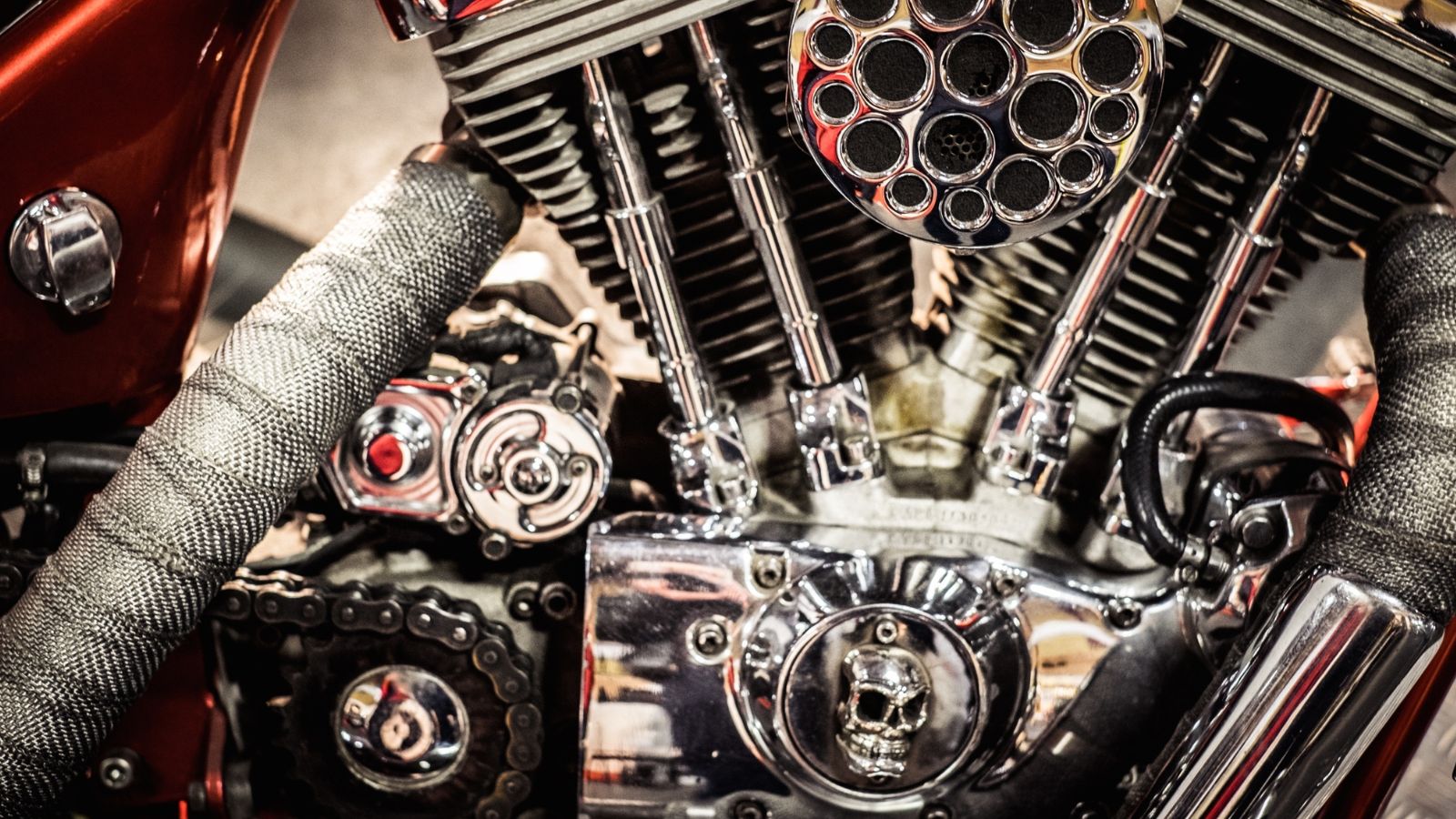
Stock motorcycles rarely stay stock for long. Riders love to personalize their machines, whether it’s swapping exhausts, adding custom handlebars, upgrading suspension, or just sticking on small details like bar-end mirrors. It starts small, but often turns into a never-ending cycle of upgrades. Riders don’t always admit how much money they pour into these modifications, but customizing a bike is as much a part of the lifestyle as riding itself. It’s a quiet addiction, one that keeps their bikes unique and their connection to them stronger.
The Secret Joy of Solitude
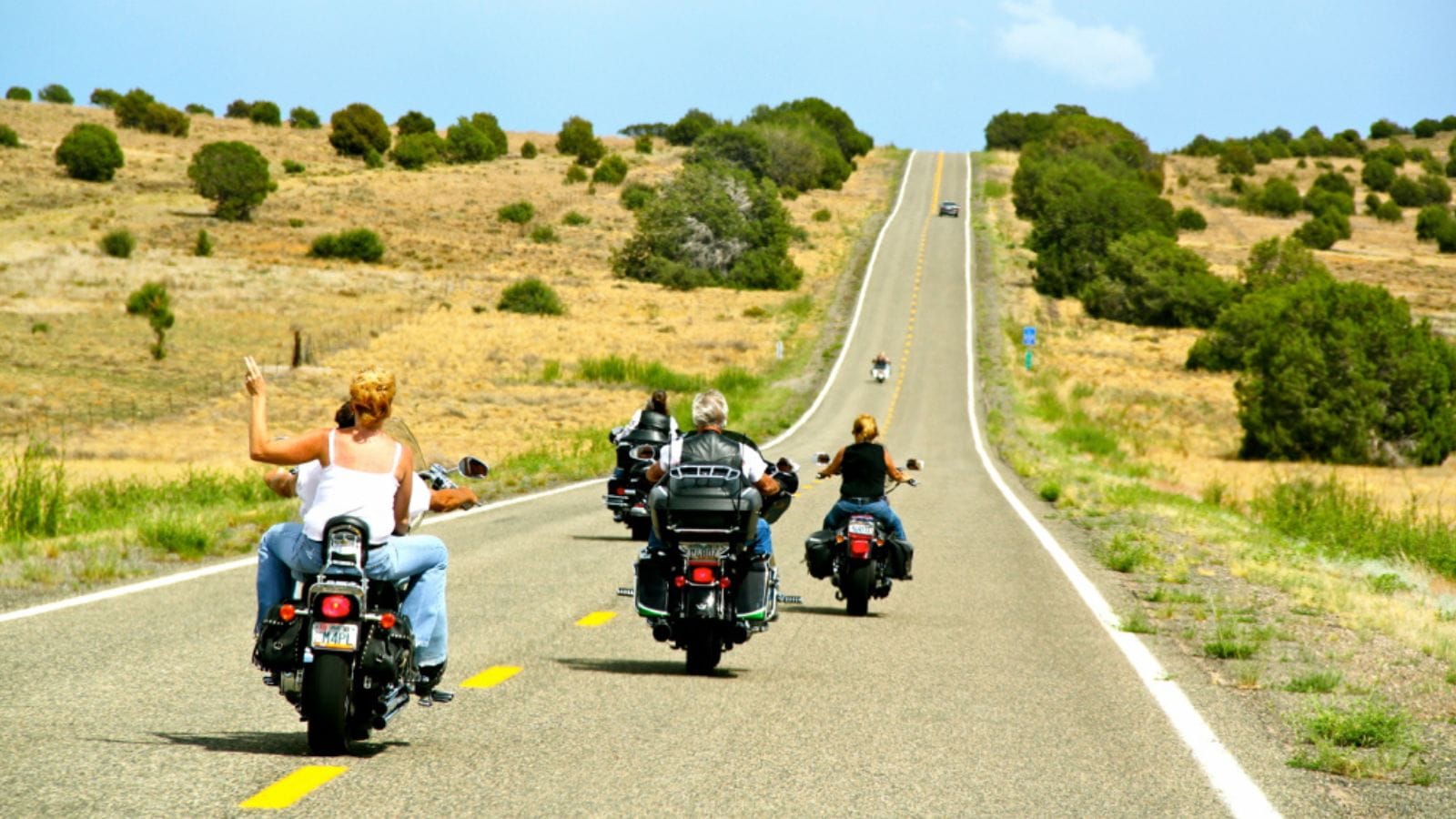
Group rides are fun, but one of the most profound experiences in motorcycling is riding alone. The sound of the engine, the rhythm of gear changes, and the steady pull of the road create a sense of calm that’s hard to describe. Many riders won’t talk about it, because it sounds cliché, but solo rides often mean more than the big group events. It’s a time when worries fade and the rider is fully present, focused only on the next corner and the world rushing past. For many, this secret joy is the real reason they keep coming back to two wheels.
Why These Secrets Stay Hidden
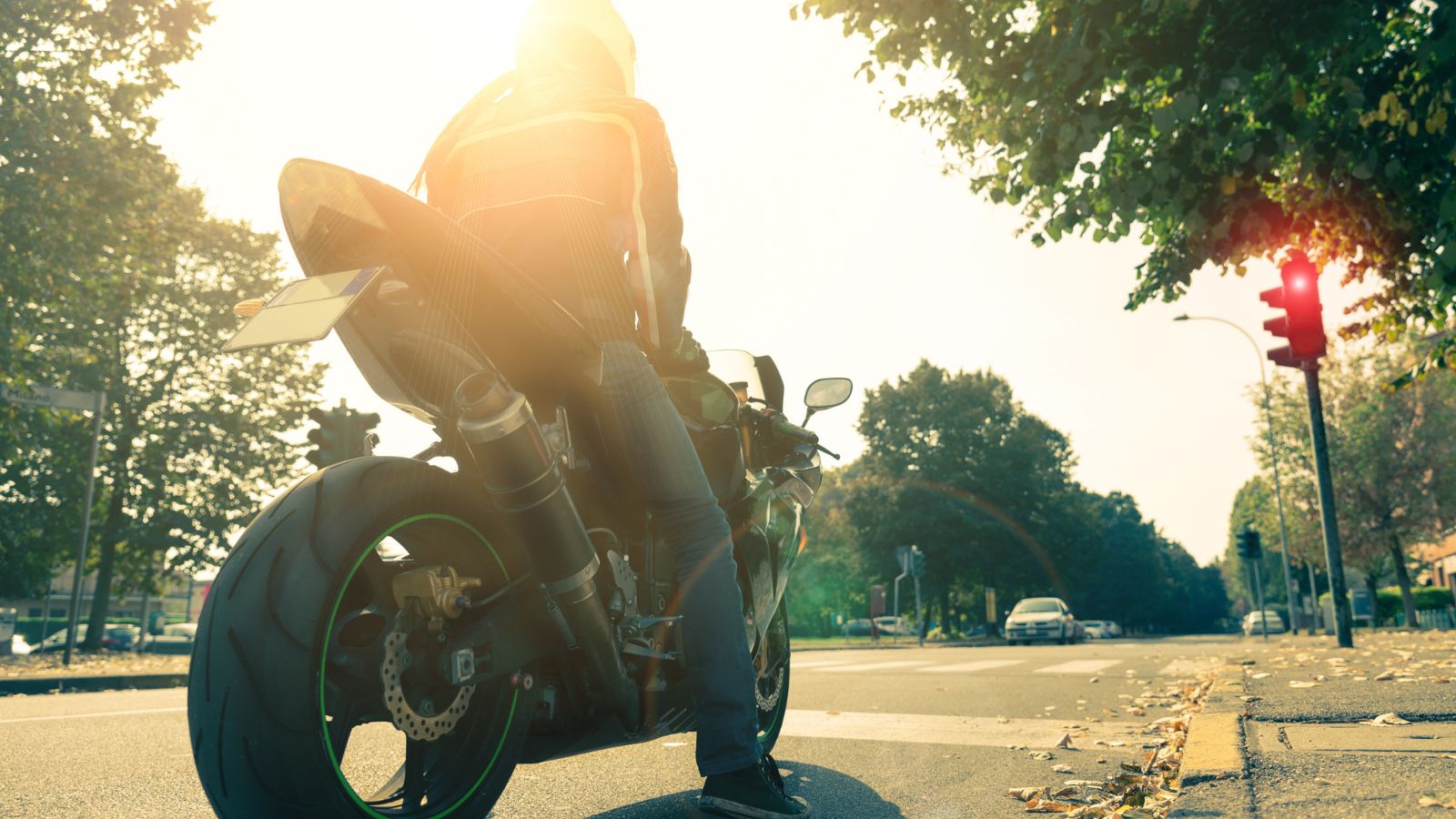
Motorcycling is a culture built as much on passion as on mystery. The little truths—from hidden hand signals to the quiet admission of fear—are part of what keeps the community tight-knit. Outsiders see freedom and speed, but riders know there’s more: responsibility, risk, camaraderie, and a deep personal bond with their machines. These secrets aren’t shameful; they’re sacred. They’re the quiet details that make motorcycling more than a hobby—it’s a way of living that only those who ride truly understand.
25 Facts About Car Loans That Most Drivers Don’t Realize

Car loans are one of the most common ways people fund car purchases. Like any other kind of loan, car loans can have certain features that can be regarded as an advantage or a disadvantage to the borrower. Understanding all essential facts about car loans and how they work to ensure that you get the best deal for your financial situation is essential. Here are 25 shocking facts about car loans that most drivers don’t realize:
25 Facts About Car Loans That Most Drivers Don’t Realize
